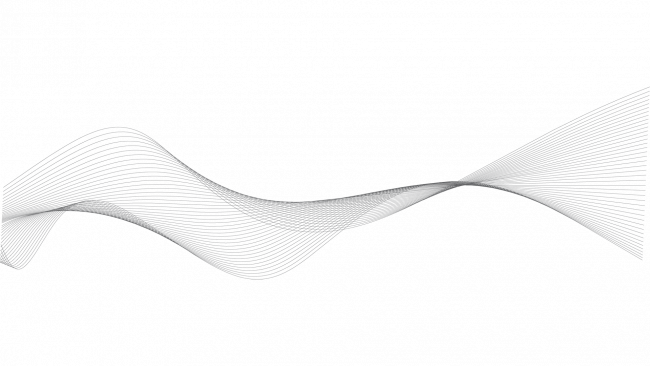The Evolution of Technology-Assisted Review: Bridging Continuous Active Learning (TAR 2.0) and Generative AI
The legal industry has witnessed transformative advancements in the application of artificial intelligence over the last decade. Central to this evolution are the innovations surrounding technology-assisted review (TAR). Historically, TAR systems revolutionized document review in eDiscovery, significantly reducing cost and time while boosting accuracy. Today, the maturation of continuous active learning TAR 2.0 and the explosive capabilities of generative AI are setting the stage for the next major leap in legal technology. Sophisticated law firms and providers like UnitedLex are now exploring how these two tools can be harmonized to deliver even greater value for clients.
Understanding the Foundation: Continuous Active Learning TAR 2.0
To appreciate the future, it is essential to understand the present. TAR 1.0, which relied on simple supervised machine learning, was marked by periodic model refreshes and manual intervention. TAR 2.0, sometimes called continuous active learning TAR 2.0, represented a significant improvement. By continuously incorporating reviewer feedback, TAR 2.0 systems dynamically update predictions throughout the document review process. This allows for real-time model refinement, resulting in higher precision and recall rates than their predecessors.
Continuous active learning TAR 2.0 is particularly well-suited for high-volume, high-complexity matters. It adapts quickly to changes in case strategy or evolving definitions of relevance. These efficiencies not only streamline workflows but also provide defensible, transparent results that withstand judicial scrutiny. As courts grow more accustomed to AI-driven methodologies, the implementation of state-of-the-art TAR 2.0 remains a competitive imperative for leading law firms.
The Rise of Generative AI in Legal Workflows
Parallel to the maturation of continuous active learning TAR 2.0, the arrival of generative AI has generated both excitement and uncertainty across the legal sector. Generative models, such as large language models (LLMs) built on transformer architectures, demonstrate an unprecedented ability to synthesize information, summarize data, and even generate human-like narrative text. Their applications range from drafting legal documents to summarizing deposition transcripts and analyzing complex case law.
The integration of generative AI into legal document review goes further than simply automating repetitive tasks. These tools can extract context, identify nuanced topics, and unearth hidden patterns that traditional predictive coding systems might overlook. As a result, generative AI holds the promise of bringing entirely new dimensions of insight and value to the legal discovery process.
Harmonizing Continuous Active Learning TAR 2.0 with Generative AI
The convergence of continuous active learning TAR 2.0 generative AI tools represents a profound inflection point for legal technology. Rather than viewing these innovations as competing paradigms, forward-thinking legal teams are poised to exploit their complementary strengths. Specifically, TAR 2.0 remains unrivaled in categorizing vast corpuses of documents in accordance with highly specific legal criteria, adapting continuously based on human reviewer input. Meanwhile, generative AI excels at interpreting document language, condensing narrative, and even surfacing thematic or conceptual relationships among disparate materials.
In practical terms, this harmony facilitates a hybrid workflow. TAR 2.0 can rigorously identify responsive documents and prioritize them for legal review. Generative AI then adds a semantic layer, summarizing findings, drafting issue reports, or advising on case strategy through data-driven insights. For example, a reviewer may rely on continuous active learning TAR 2.0 to surface highly likely responsive emails and then use generative AI to summarize the contents of these documents for a deposition outline or privilege log.
Additionally, generative AI can assist in refining TAR 2.0 workflows themselves. By analyzing reviewer notes and case team communications, generative AI can surface trends or ambiguities in how “responsiveness” is defined throughout a case, leading to more consistent and efficient tagging—all while maintaining rigorous defensibility and auditability.
Addressing Legal and Ethical Challenges
As with any disruptive technology, harmonizing continuous active learning TAR 2.0 generative AI approaches brings operational, legal, and ethical considerations. Ensuring transparency, explainability, and compliance remains critical. For continuous active learning systems, defensibility is built through robust validation and quality control. With generative AI, provenance and accuracy must be constantly monitored to avoid hallucinations or bias in generated content. At UnitedLex, we employ evidence-based validation and subject-matter expert review alongside continuous technical audits to ensure that both TAR 2.0 and generative AI outputs meet or exceed legal standards.
Furthermore, confidential data and privilege protections are paramount. Generative models must be securely deployed to safeguard sensitive client information. This means investing in private, domain-specific models or leveraging protected cloud environments with stringent access controls.
The Future: Augmented Intelligence in eDiscovery
Looking ahead, the harmonization of continuous active learning TAR 2.0 generative AI tools points to a paradigm of “augmented intelligence.” Legal professionals are no longer merely delegating low-level tasks to machines; they are leveraging AI as a genuine partner in substantive strategy and decision-making. The collaborative cycle between humans and AI—guided by continuous feedback and enriched by language generation—enables outcomes that are not only more efficient but also more insightful and defensible.
As the legal community continues to adapt to evolving client demands and complex regulatory requirements, embracing the combined power of continuous active learning TAR 2.0 generative AI will become essential. Firms that strategically integrate these technologies will set the standard for excellence in eDiscovery, legal operations, and beyond—driving better outcomes for clients while transforming the practice of law itself.

Based in Greensboro, North Carolina, Rob Dean with UnitedLex helps law firms and in-house legal departments solve data challenges in litigation and regulatory actions. With extensive experience in the legal tech industry, Mr. Dean is committed to delivering innovative solutions to enhance efficiency and drive success. He is a member of the Electronic Discovery Institute.
